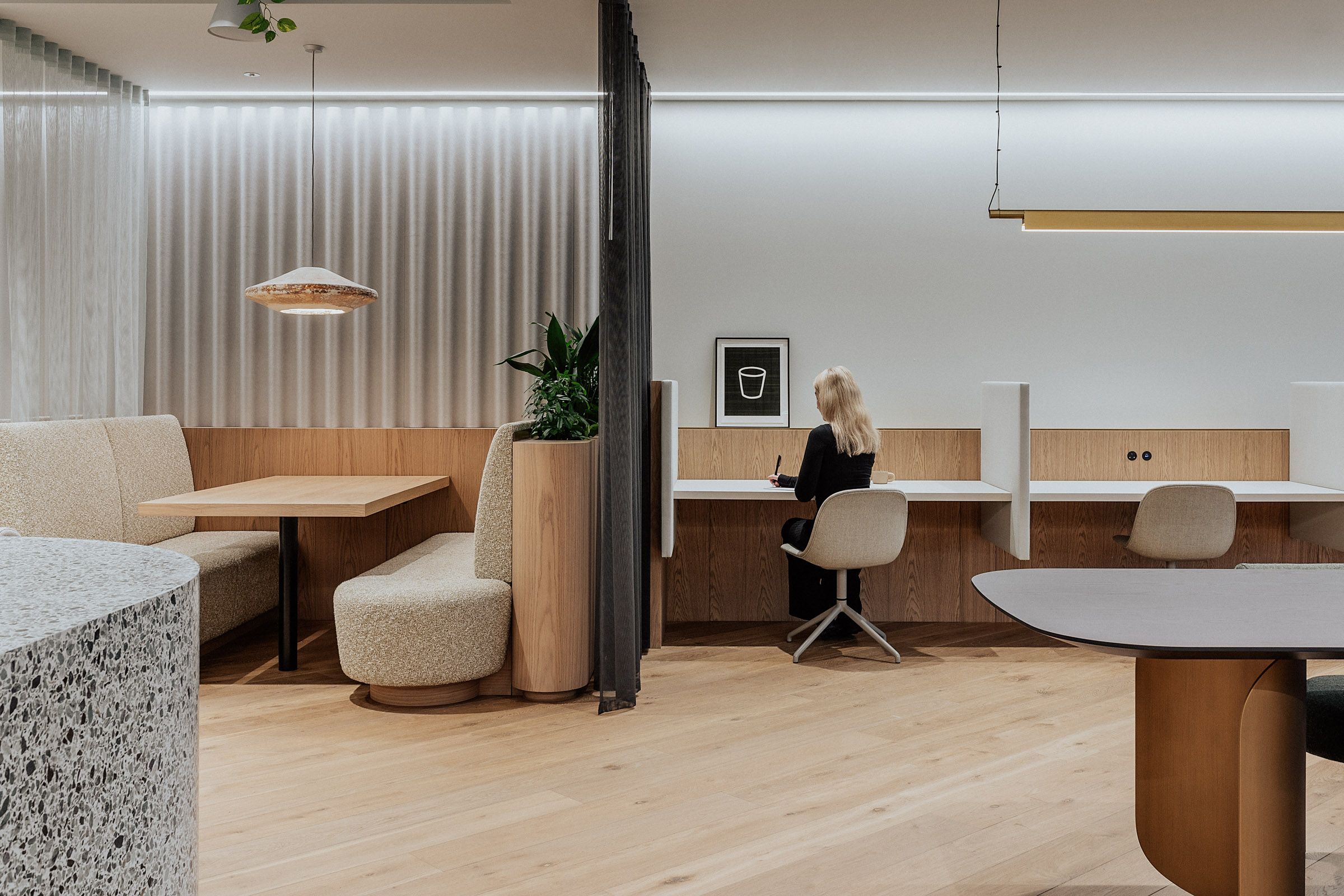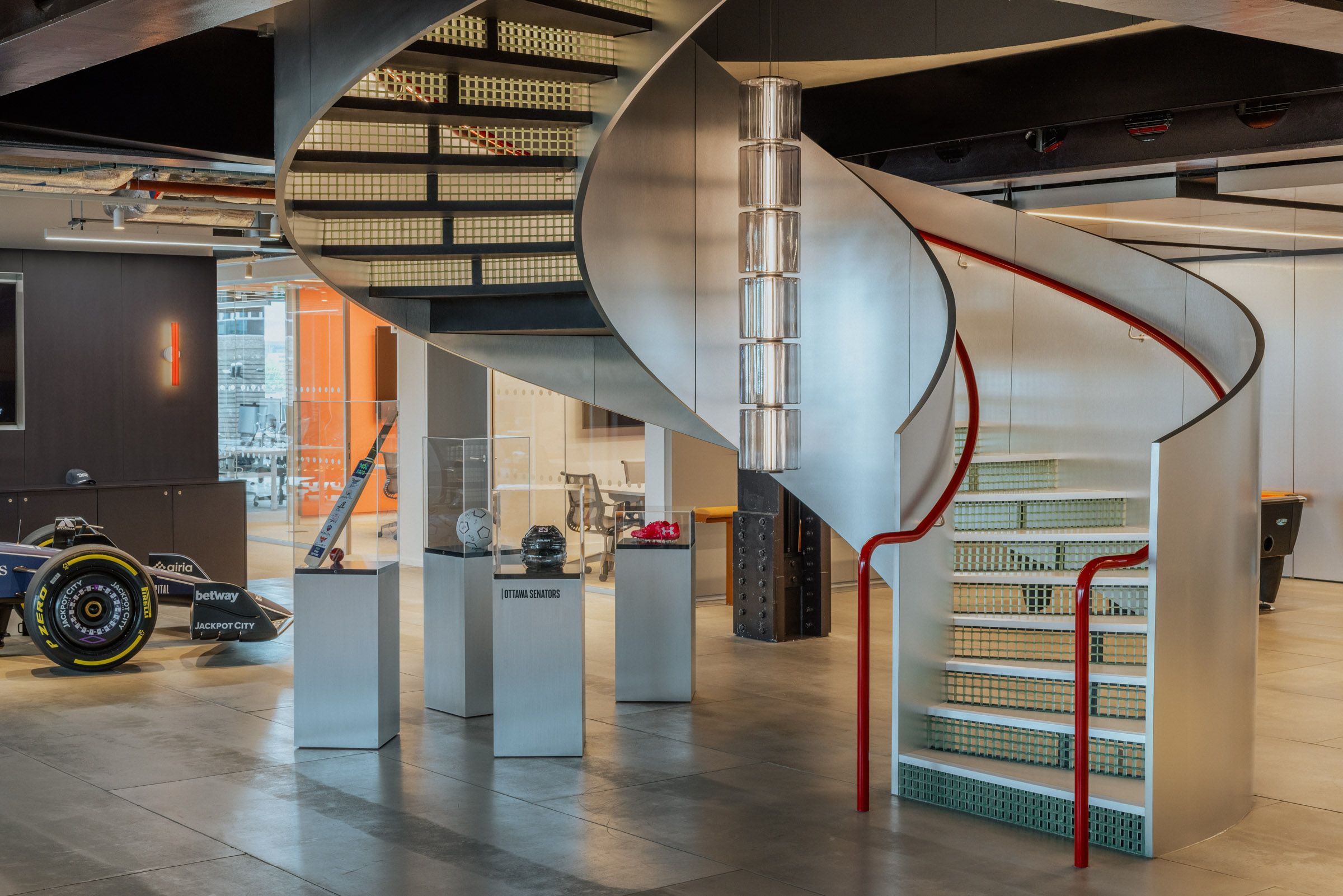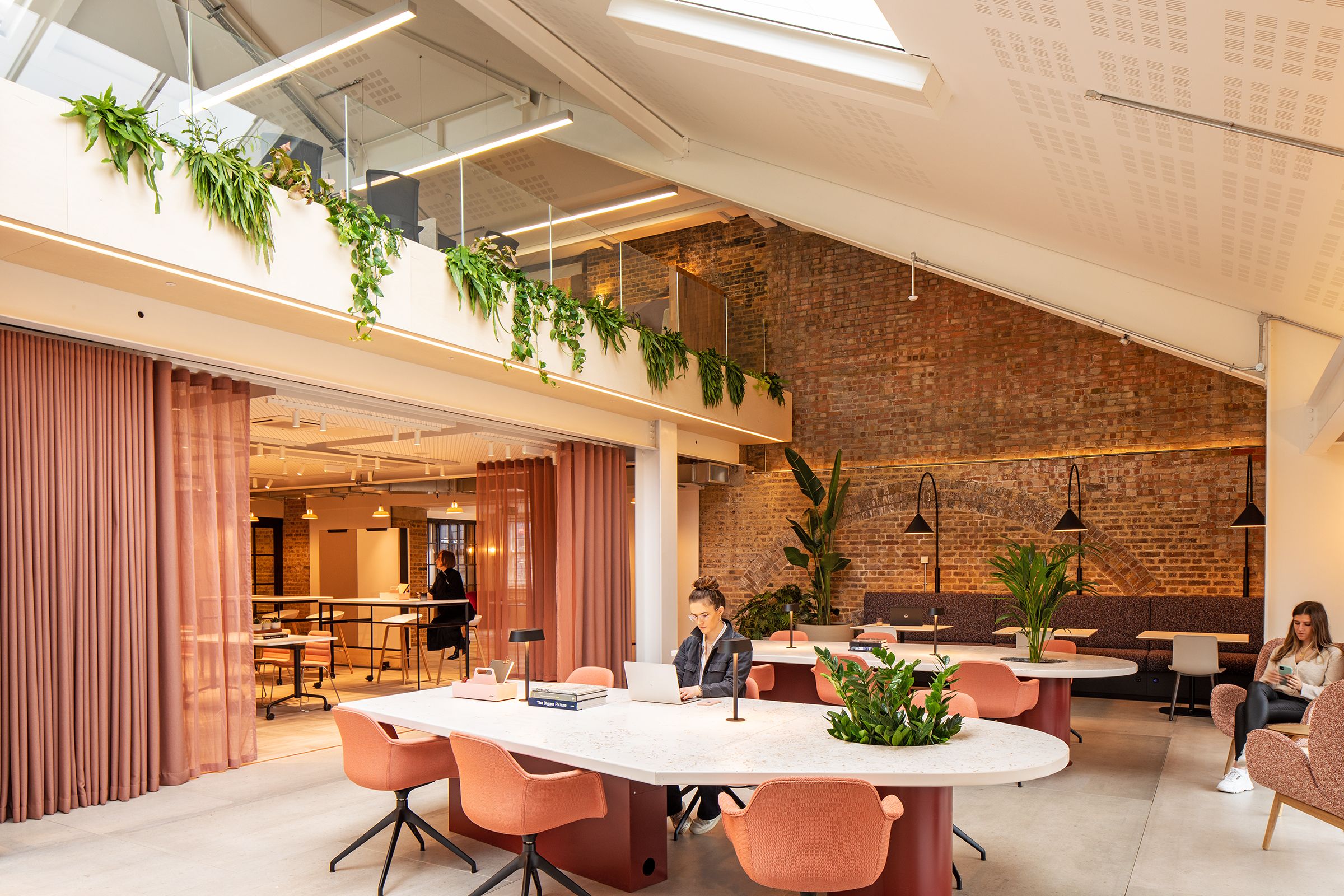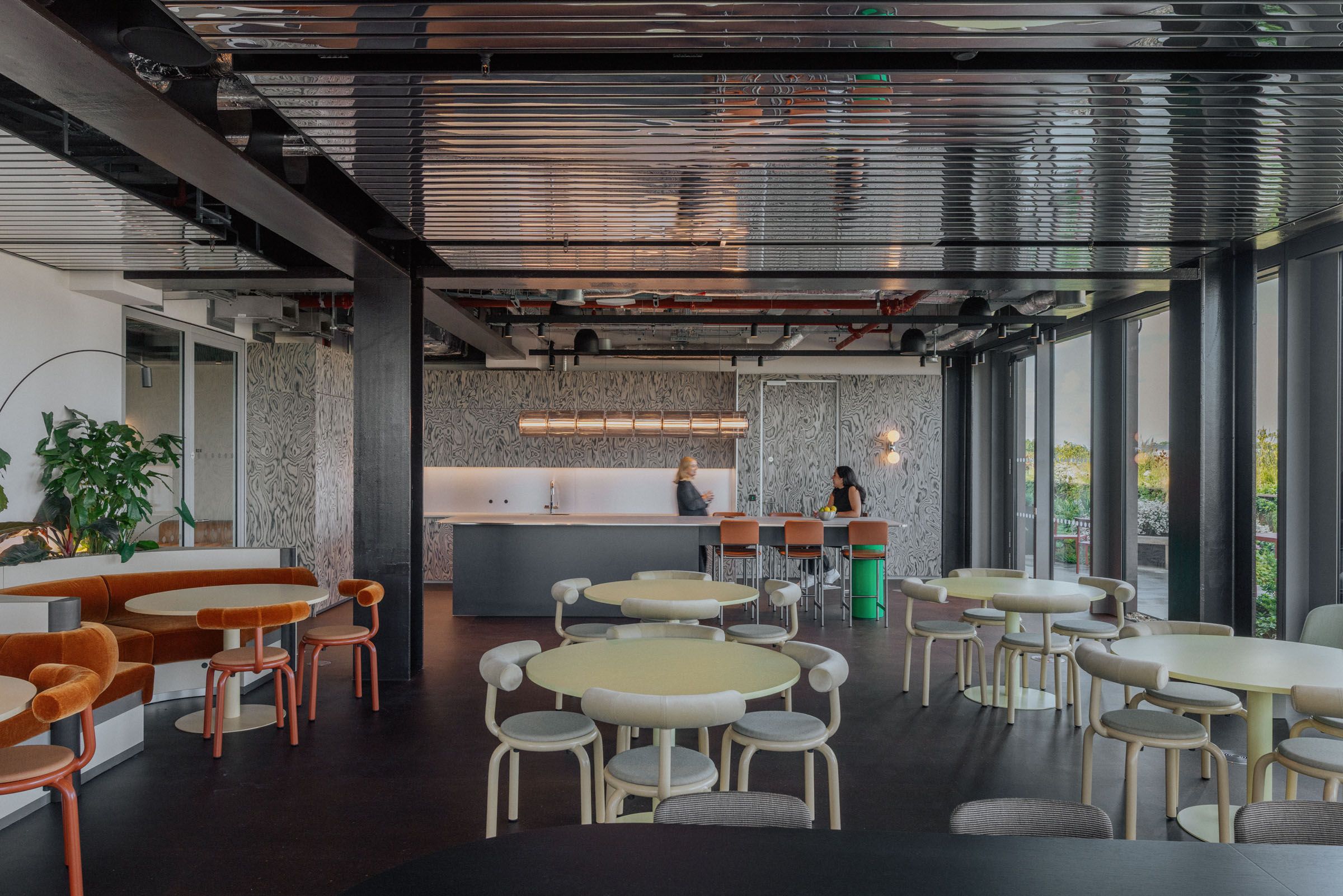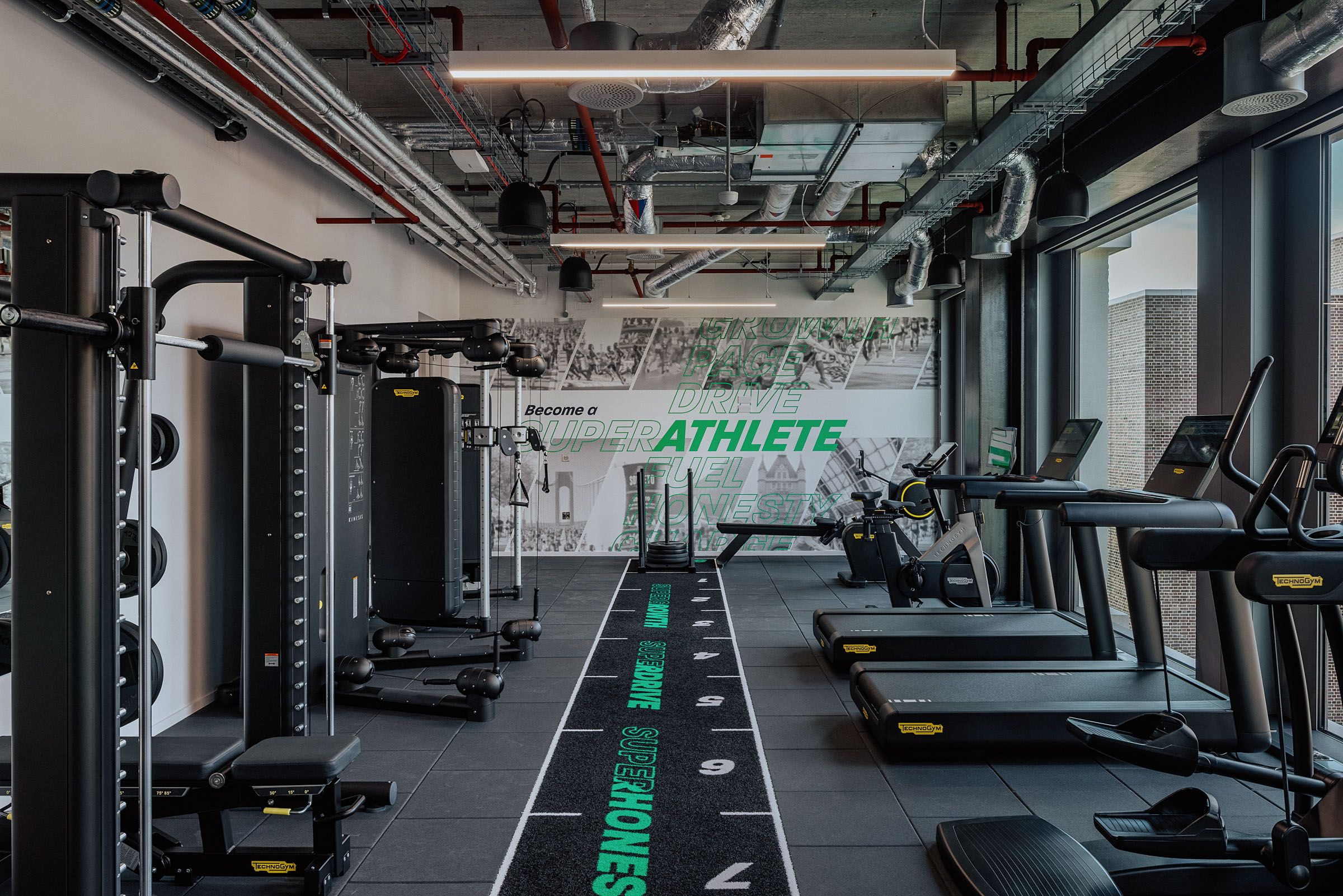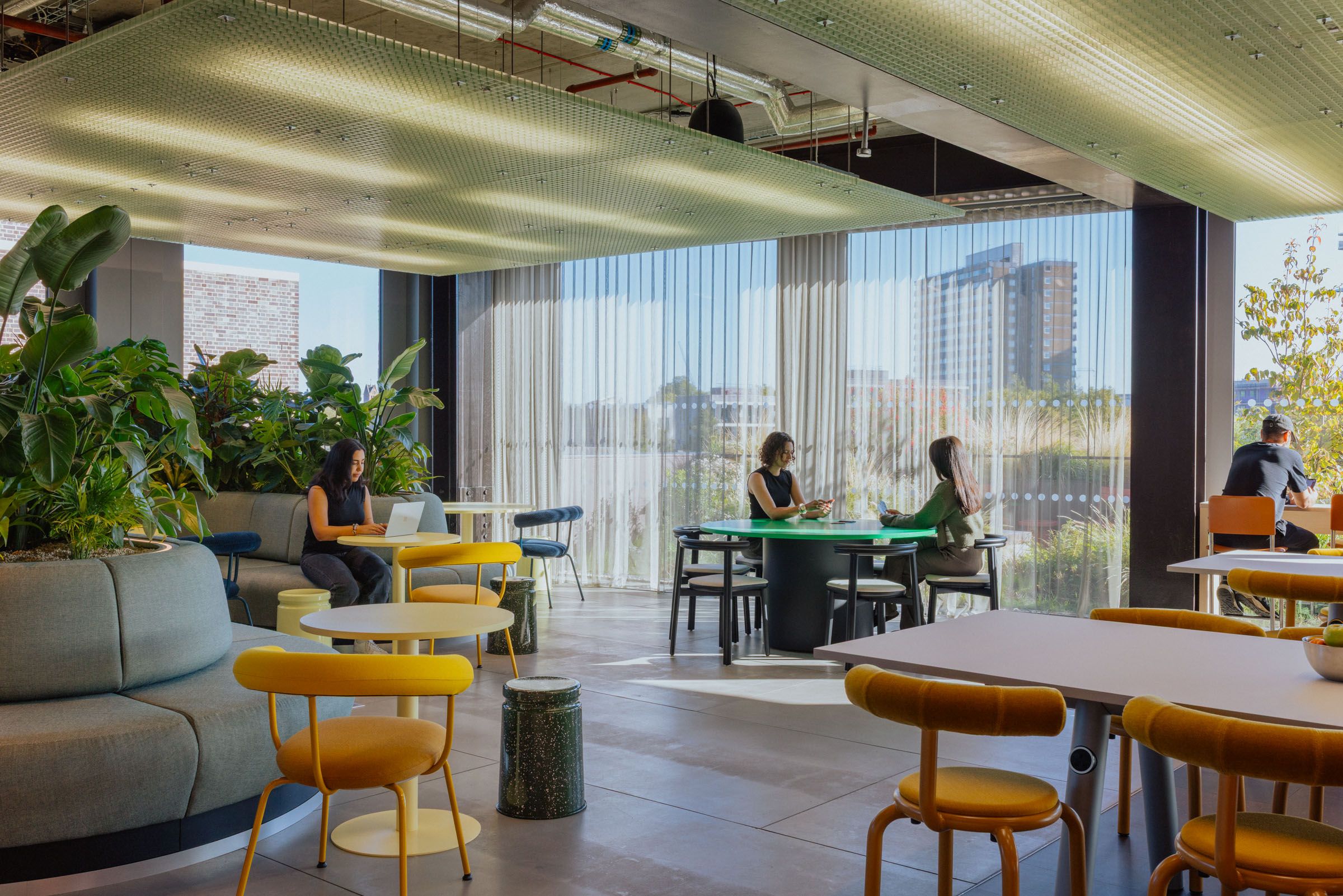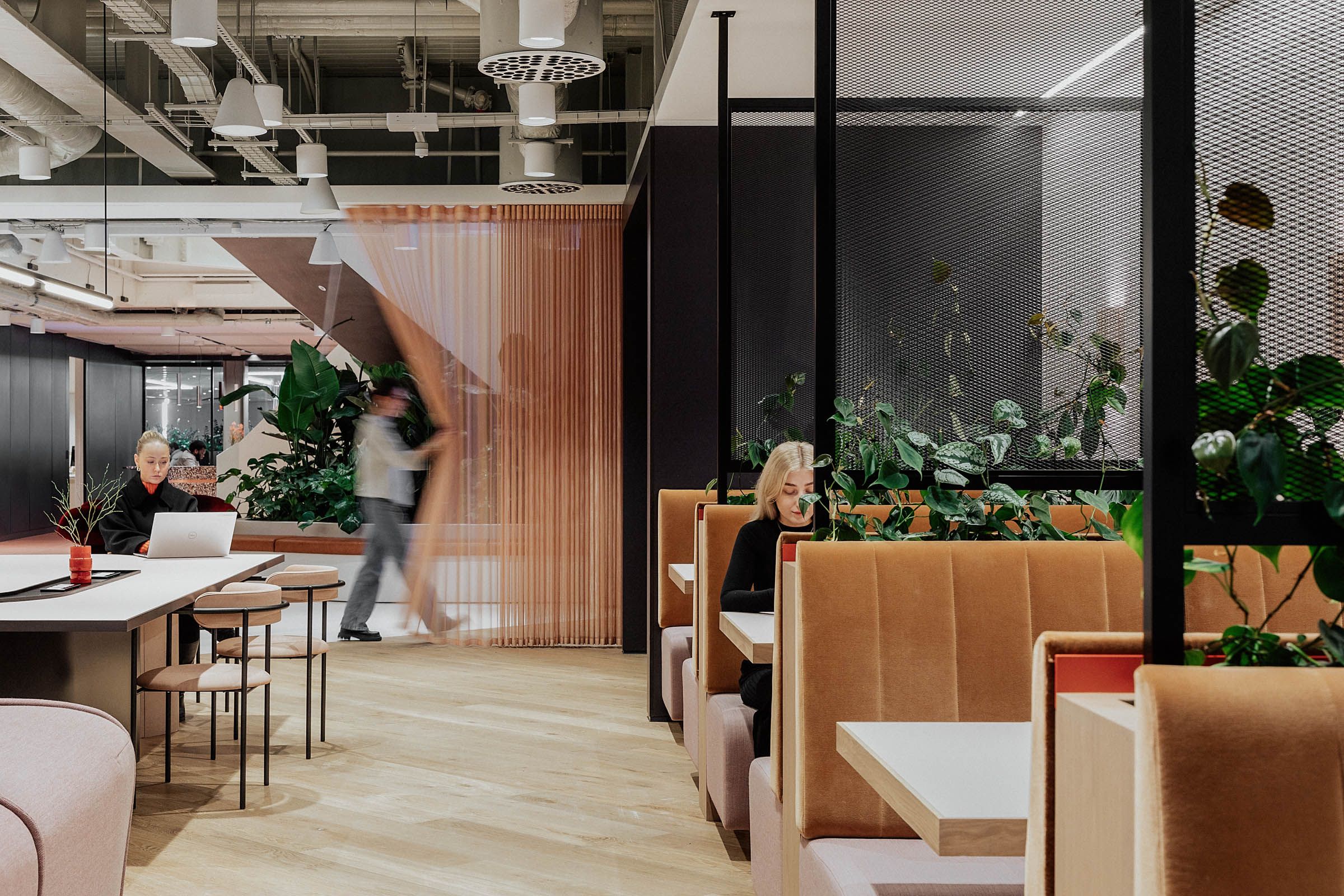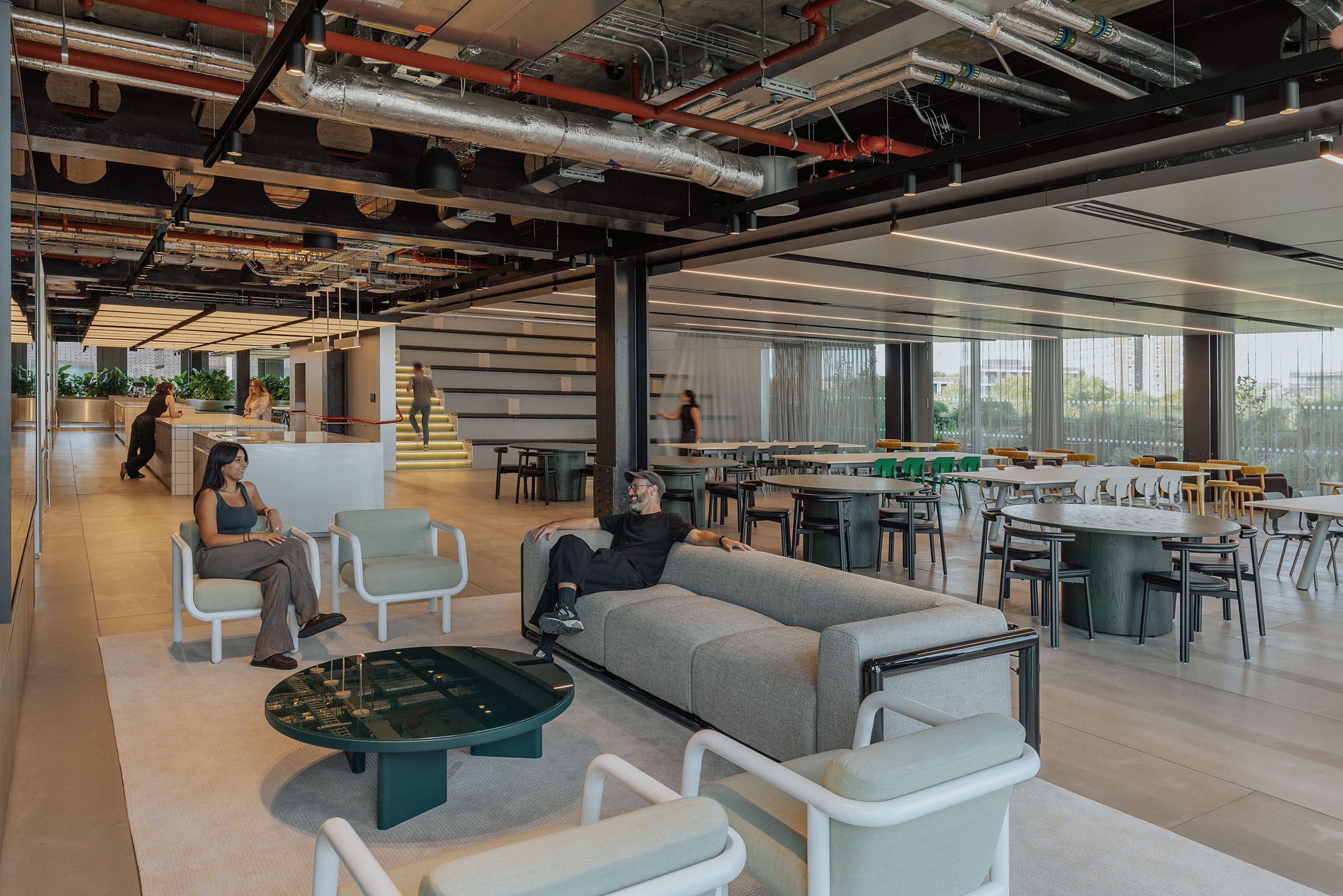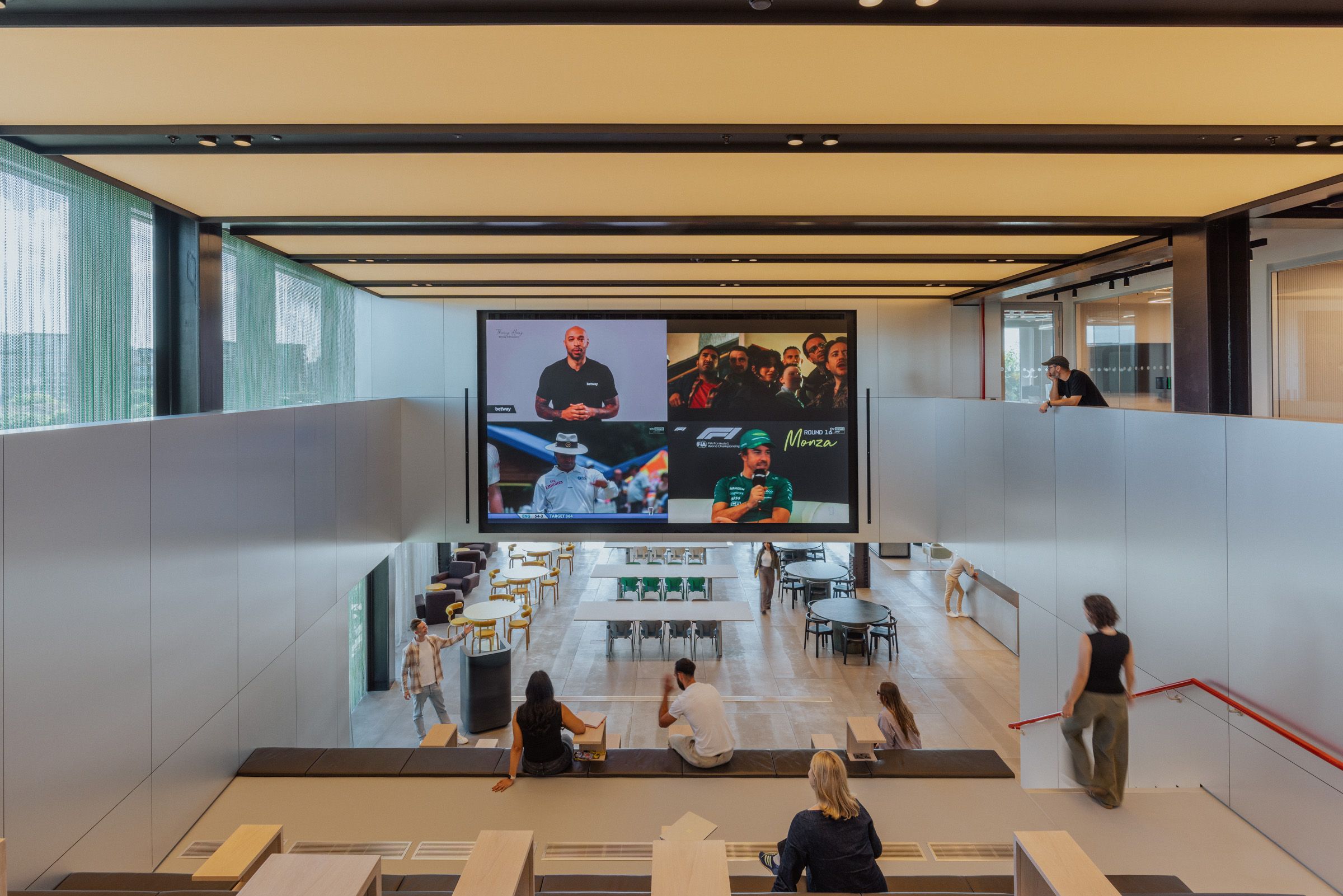
A brand is easy to see. Culture is harder to feel. The strongest organisations know the two are inseparable - and the workplace is the stage where both come to life.
Too often, companies confuse brand with signage: a logo on the wall, furniture in brand colours, or a tagline in the lobby. Meaningful? Rarely. A workplace cannot simply wear the brand guidelines. It must embody culture through design, behaviour, and everyday experience.
When that doesn’t happen, employees may see the brand - but they don’t live it. And that’s the missed opportunity.
